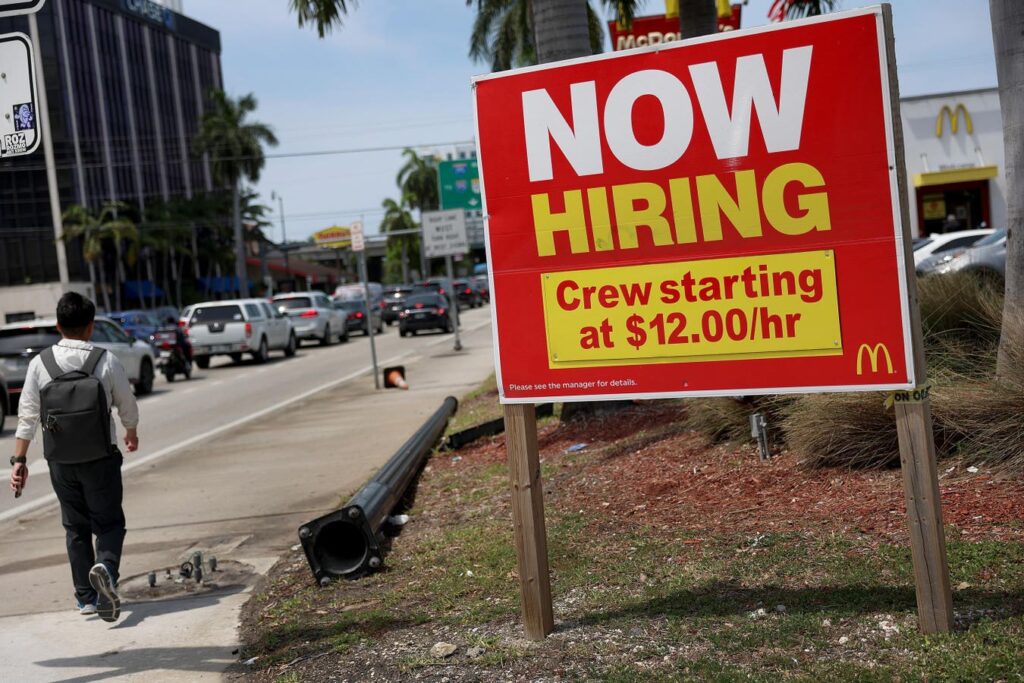More small businesses are saying the quiet part out loud when it comes to pay.
That’s according to the latest MetLife and U.S. Chamber of Commerce Small Business Index. The survey shows that 62% of small businesses now say they plan to include pay ranges in their job postings. That’s up from just 50% at the end of last year.
In some places, listing pay isn’t optional. New York, California, and Colorado are among the 15 states that now require employers to include salary ranges in job postings. These laws vary by state in whom they apply to. Rhode Island, for example, requires it for all employers with one or more employees, while Minnesota exempts businesses with fewer than 30. But they all generally aim to promote wage equality and provide job seekers with clearer compensation information upfront, rather than after a series of interviews.
Research shows pay transparency can achieve that goal, but there are tradeoffs. A 2023 Harvard Business Review article shows the practice can help close pay gaps between men and women and between different racial groups. But it can also cause tension at work. People may get upset if they see someone earning more, even if there’s a good reason for it.
Still, it’s a tool more small businesses are turning to as they try to solve what they’ve said for months is their biggest problem: finding good workers.
According to the National Federation of Independent Business’s Small Business Optimism Index, 19% of owners said labor quality was their biggest problem in March. That was unchanged from February. Taxes, including tariffs, came in second at 18%. That number seems likely to jump once the April survey comes in.
The pay transparency fix is catching on. Just not evenly across generations.
Younger business owners are driving the change. Nearly three-quarters of Gen Z and Millennial-owned businesses say they plan to list pay in job postings. That compares to 61% of Gen X owners and just 47% of Baby Boomers.
Follow me on Twitter. Send me a secure tip.
Read the full article here

